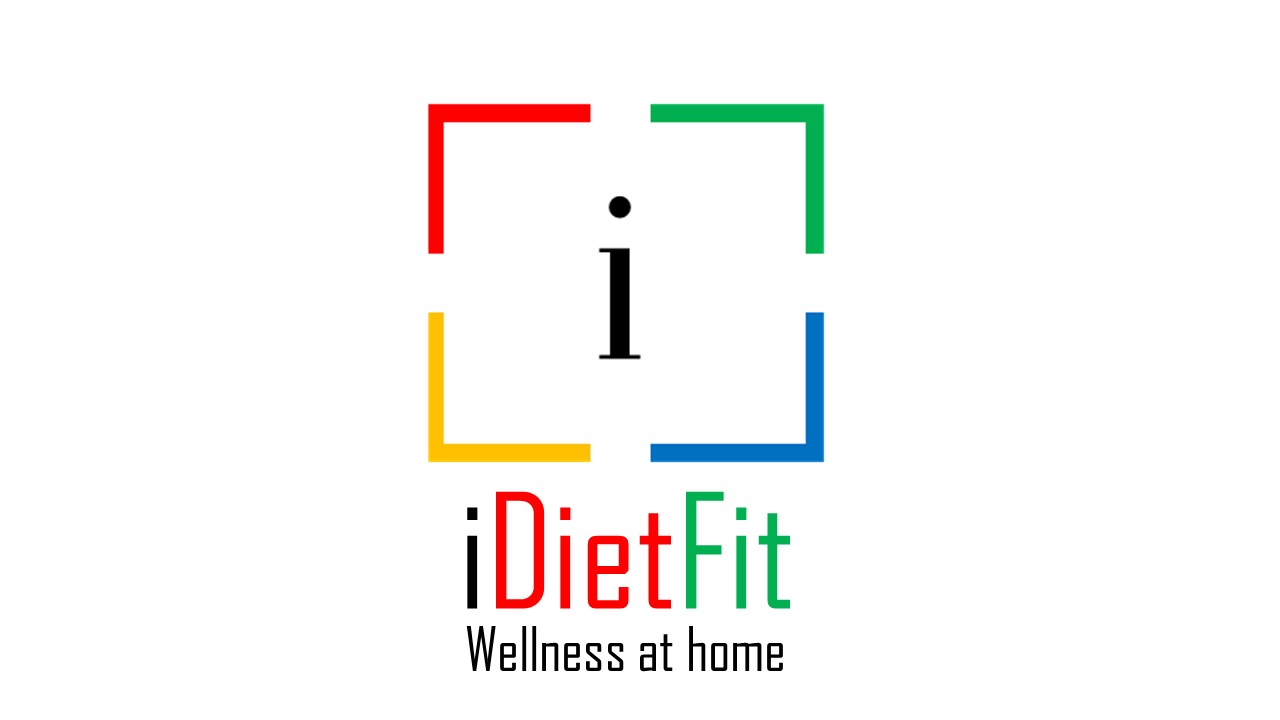In the quest for a healthier lifestyle, it’s easy to get overwhelmed by strict diets and complicated food rules. Priyam Sharma, a renowned expert in nutrition and dietetics, believes that eating should be a joyful experience. Here are eight tips for joyful, balanced eating that can transform your relationship with food.
The Challenge: Finding Joy in Healthy Eating
Many people struggle to find a balance between eating healthy and enjoying their food. The pressure to adhere to a perfect diet can often lead to stress and frustration, making healthy eating feel like a chore rather than a pleasure. Priyam Sharma’s approach focuses on making healthy eating a joyful and sustainable part of your life.
Tip 1: Embrace the Ayurvedic Diet
Ayurveda, an ancient system of medicine from India, emphasises balance in all aspects of life, including diet. The Ayurvedic diet is personalised, considering individual body types (doshas) and promoting foods that enhance well-being. Incorporating Ayurvedic principles can help you choose nutrition foods that suit your body’s needs, fostering a deeper connection with what you eat.
Solution: Start by identifying your dosha and incorporating corresponding foods into your diet. For example, if you have a Vata dosha, you might benefit from warm, grounding foods like sweet potatoes and oatmeal. This personalised approach can make your meals more satisfying and beneficial.
Tip 2: Focus on Healthy Foods to Eat Every Day
Eating a variety of healthy foods every day ensures you get the necessary nutrients your body needs. This doesn’t mean you have to eat the same boring meals repeatedly.
Solution: Create a healthy food list that includes a range of vegetables, fruits, whole grains, lean proteins, and healthy fats. Rotate these foods to keep your meals interesting and nutritious. Incorporate items like leafy greens, berries, nuts, and seeds into your daily meals for a well-rounded diet.
Tip 3: Choose Balanced Diet Foods
A balanced diet means consuming the right proportions of different food groups to maintain health and energy levels. It’s about having a mix of carbohydrates, proteins, fats, vitamins, and minerals.
Solution: When planning your meals, aim to include a variety of diet foods that provide a good balance of nutrients. For example, a balanced meal might include quinoa (a good source of protein and carbohydrates), grilled chicken, and a side of mixed vegetables. This approach helps in maintaining energy levels and supports overall health.
Tip 4: Enjoy Healthy Food Options
Healthy eating doesn’t mean you have to give up flavourful foods. There are plenty of healthy food options that are both delicious and nutritious.
Solution: Experiment with spices and herbs to enhance the flavours of your meals without adding extra calories or unhealthy ingredients. Try recipes that incorporate healthy diet foods like grilled salmon with a dill and lemon sauce, or a colourful vegetable stir-fry with ginger and garlic. These meals are tasty and packed with nutrients.
Tip 5: Prioritise Good Diet Foods
Good diet foods are those that support your health goals while still being enjoyable to eat. It’s about finding a balance between nutrition and pleasure.
Solution: Identify foods that you love and that also offer nutritional benefits. For instance, if you enjoy snacking, choose nuts and seeds instead of chips. They provide healthy fats and proteins that keep you satisfied longer. Making small, enjoyable swaps can make a big difference in your diet.
Tip 6: Incorporate Best Diet Foods
The best diet foods are those that are nutrient-dense and support overall health. These foods should be staples in your diet due to their high nutritional value.
Solution: Add superfoods to your diet like kale, quinoa, blueberries, and chia seeds. These foods are rich in vitamins, minerals, and antioxidants, and they can easily be incorporated into various meals. For instance, add chia seeds to your morning smoothie or sprinkle blueberries over your yogurt.
Tip 7: Keep a Healthy Food List
Keeping a list of healthy foods can simplify your grocery shopping and meal planning. This list should include a variety of items that you enjoy and that contribute to a balanced diet.
Solution: Create a master list of healthy food options, including fruits, vegetables, whole grains, lean proteins, and healthy fats. Use this list to plan your weekly meals and snacks. Having a go-to list ensures you always have the ingredients for nutritious meals on hand.
Tip 8: Enjoy Your Meals
One of the most important aspects of joyful, balanced eating is to enjoy your meals. Eating mindfully and appreciating your food can enhance your overall dining experience.
Solution: Take time to savour each bite, focusing on the flavours and textures of your food. Avoid distractions like TV or smartphones while eating. Mindful eating helps you recognise when you’re full and can prevent overeating. It also allows you to truly enjoy the food you’re eating.
Conclusion: Embracing Joyful, Balanced Eating
Priyam Sharma’s tips for joyful, balanced eating emphasise the importance of enjoying your food while maintaining a healthy, balanced diet. By incorporating these strategies, you can transform your approach to eating, making it a source of pleasure and well-being rather than stress.
Remember, healthy eating is not about strict rules or deprivation. It’s about finding a balance that works for you and makes you feel good. Embrace these tips, and you’ll be on your way to a happier, healthier relationship with food.

